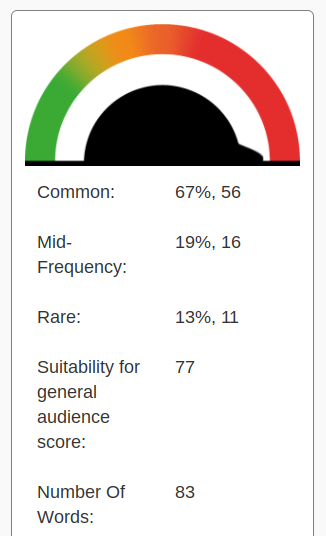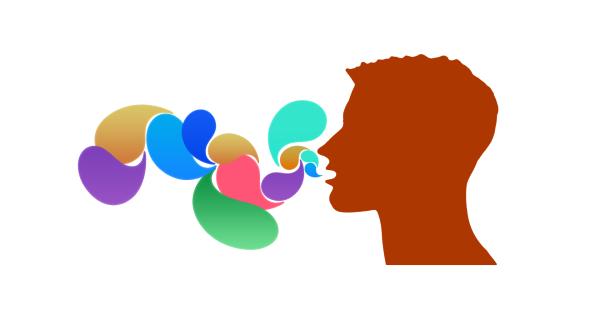The scientists that I know are the most creative, innovative, detail oriented, critical thinkers around. They are smart - not because they learned a lot in school or from books - but because they can think outside the box and problem solve on their feet.
Something that scientists are not known for is our communication skills. One of the main reasons for this is our reliance on jargon - specific words that are difficult for non-experts to understand.
Using jargon becomes so routine that, over time, it is not recognizable as jargon anymore. At some point, scientists stop realizing that non-scientists may not know what an 'exosome' is or that Caenorhabditis elegans are worms. The language gets so embedded, it's hard to tell what is scientific and what is commonplace.
Enter the "de-jargonizer."
Researchers at Holon Institute of Technology (HIT) and the Technion-Israel Institute of Technology developed the online program to help increase communication between scientists and non-scientists. The "de-jargonizer" can be found at scienceandpublic.com, free for use by the public. More information can be found in their recent publication in PLOS ONE.
This online program identifies jargon in a text and highlights how "jargony" the words are. It automatically identifies terms the average person may not know — and all a scientist has to do is upload their text into the program. The words are color coded as one of three levels of understanding: jargon (red), more commonly used (orange) most commonly used (black) - based on how frequently the words are found when compared to the BBC internet news site. Below is a sample text taken from a scientific paper.

The de-jargonizer also provides an overall score on how much jargon is in the text. In the box below, it is easy to see that 32 percent of the words from the text box above classified as jargon, which is incredibly useful information to know. If this paragraph were being used for a class, blog post or journalist, the scientist could go back to the drawing board and change the words highlighted in color while paying special attention to the ones in red — the most jargony of the group.

So, scientists — give the de-jargonizer a try! It's free and fun and may result in the public understanding your work a little better. With every additional person that understands what is going on in your lab, we blur the line where science and society meet. The end result will be a society where more people understand science, trust scientists, and support evidence-based policy making. Who among us doesn't want that?
References:
1. Tzipora Rakedzon, et al. Automatic jargon identifier for scientists engaging with the public and science communication educators. PLOS ONE, 2017; 12 (8): e0181742 DOI: 10.1371/journal.pone.0181742
2. The sample text is taken from
Emerson MM, et al. Otx2 and Onecut1 promote the fates of cone photoreceptors and horizontal cells and repress rod photoreceptors. Dev Cell 2013 Jul 15;26(1):59-72. Doi: 10.1016/j.devcel.2013.06.005.




